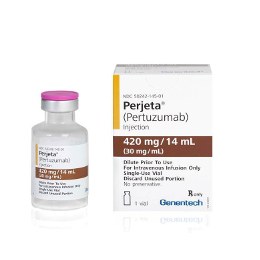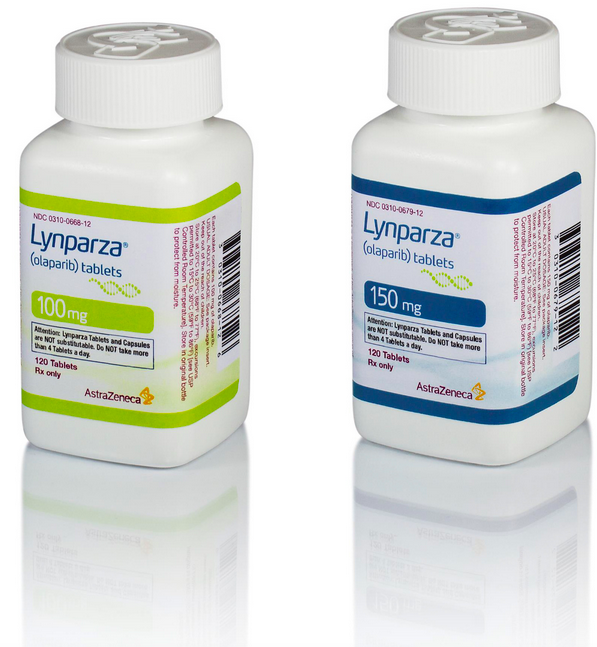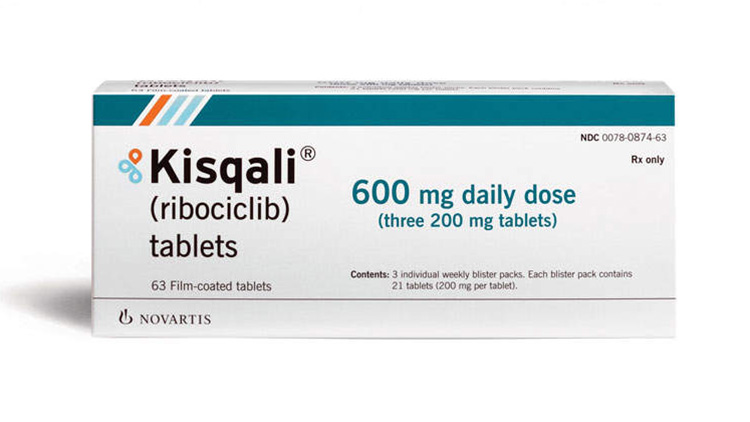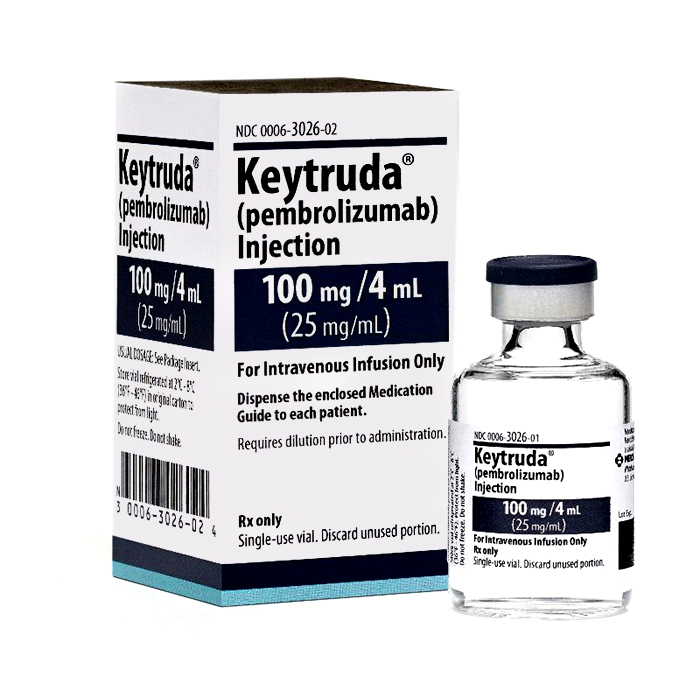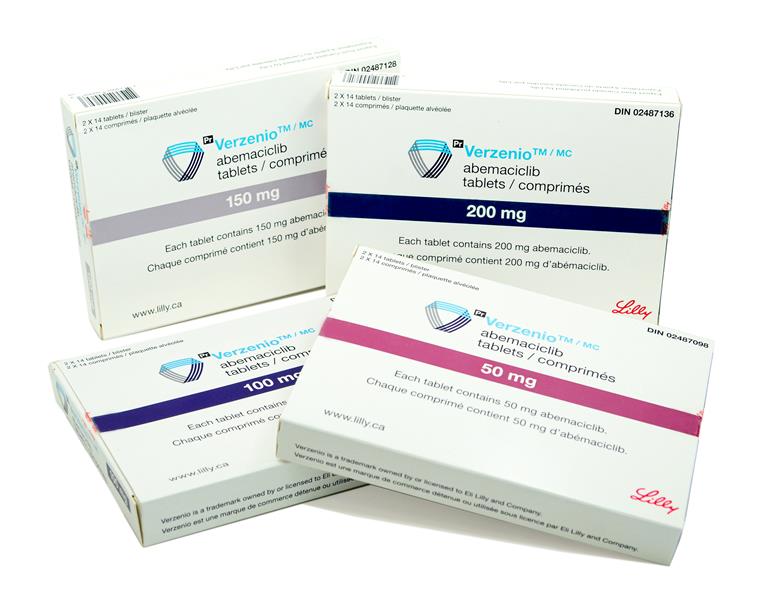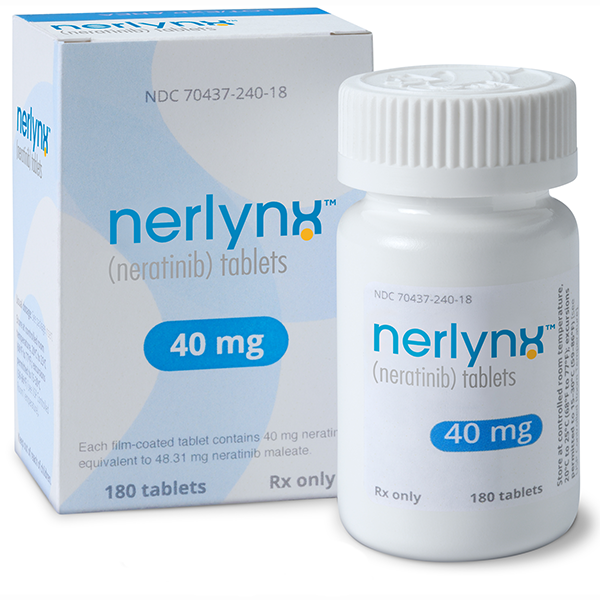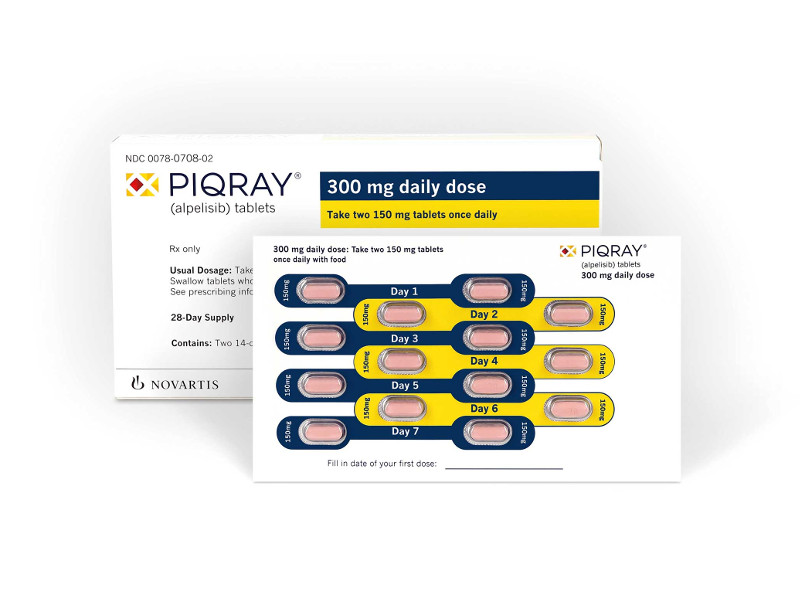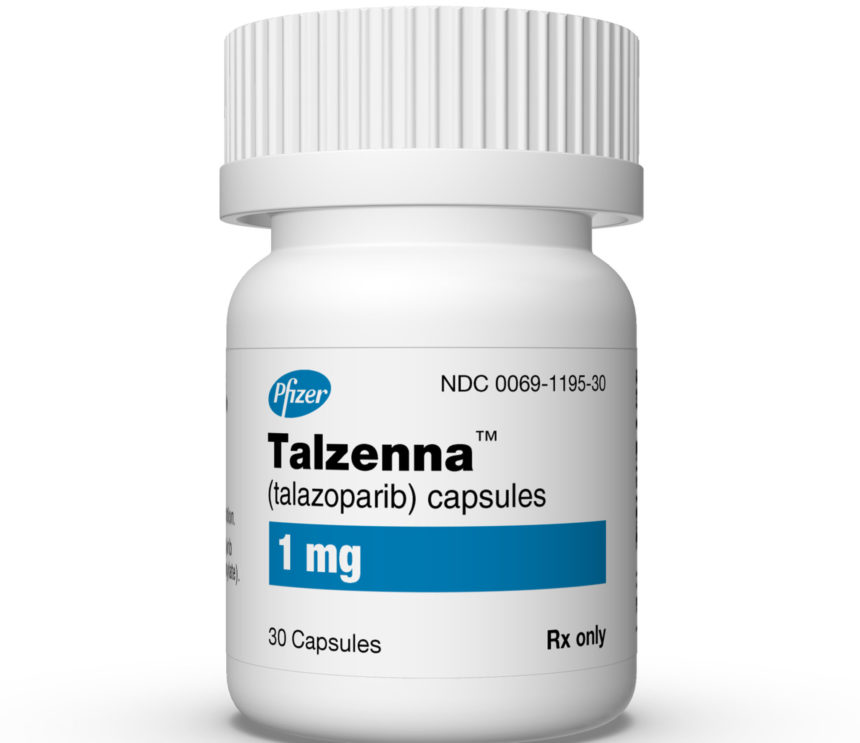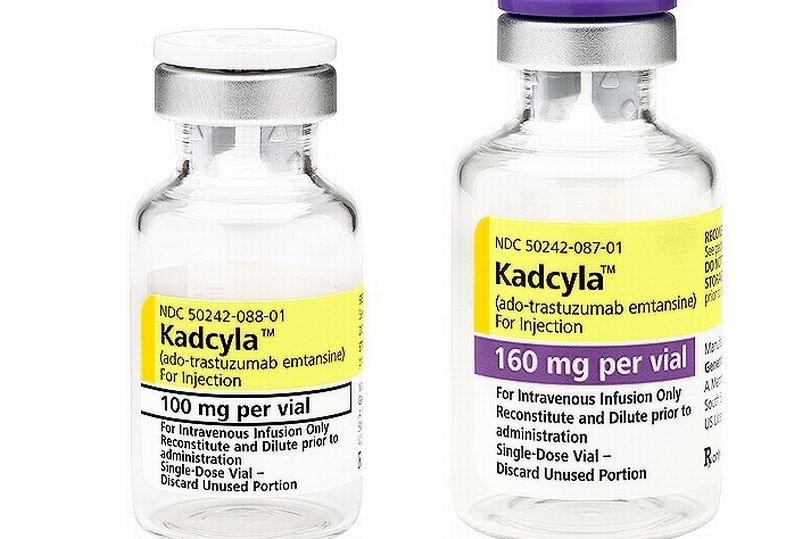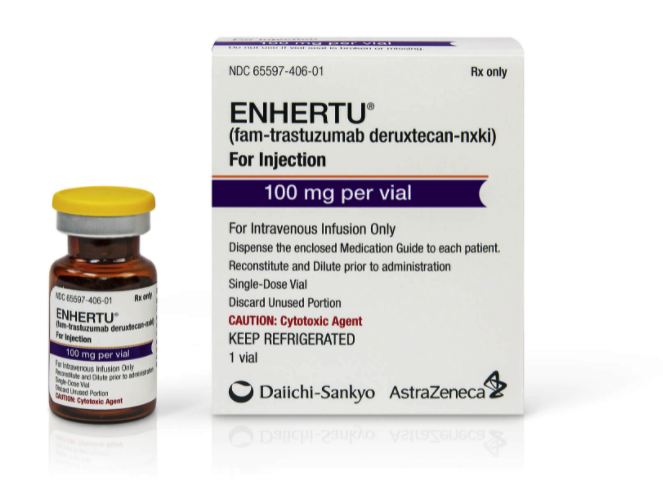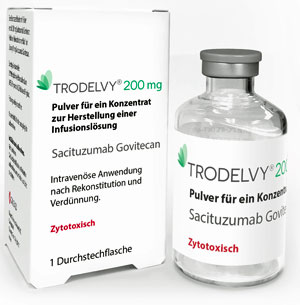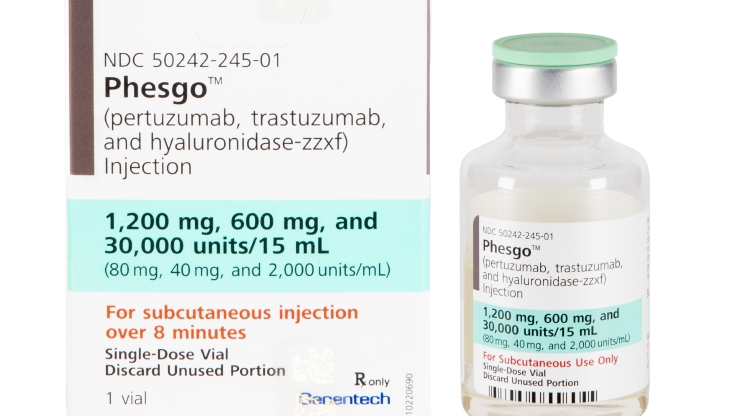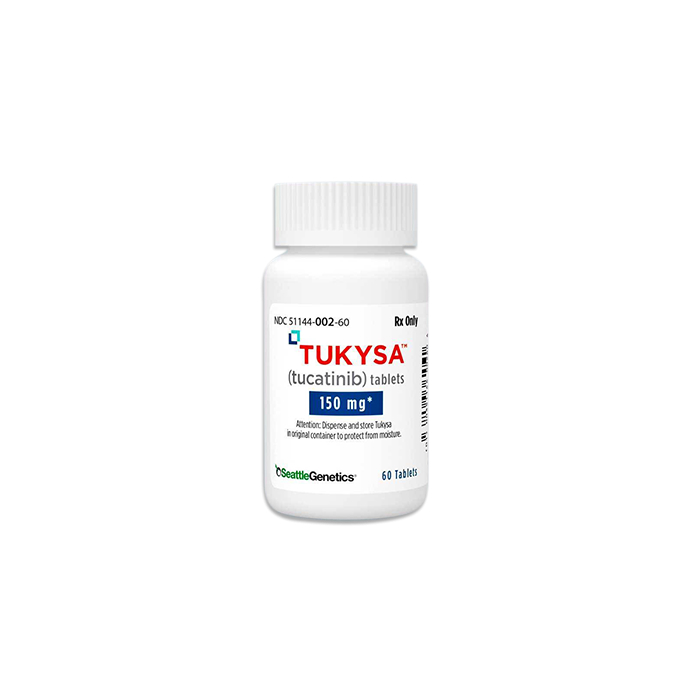New Breast Cancer treatments 2024
New Breast Cancer Treatments 2024
Breast cancer is a malignant tumor that originates in the cells of the breast. It is one of the most common cancers affecting women worldwide, although it can also occur in men. The disease can manifest through various symptoms, such as a lump in the breast, changes in breast shape or size, dimpling of the skin, nipple discharge, or redness. Risk factors for developing breast cancer include age, genetic predisposition, lifestyle factors, and exposure to certain environmental factors. Early detection through screening methods like mammography can significantly improve the prognosis and treatment outcomes for those diagnosed with the disease.
When considering treatment options for breast cancer, it is essential to consult with a healthcare professional to determine the most appropriate course of action based on the individual's specific condition. Treatment may involve a combination of surgery, radiation therapy, chemotherapy, hormone therapy, and targeted therapy, depending on the stage and type of cancer. Newer medicines, such as CDK4/6 inhibitors for hormone receptor-positive breast cancer and PARP inhibitors for BRCA-mutated cancer, are among the latest additions to the treatment arsenal. Patients may also have the option to participate in clinical trials to access experimental therapies. It is crucial for patients to discuss potential side effects, the likelihood of recurrence, and the impact on quality of life with their healthcare team when making treatment decisions.

Treatment options
| Treatment option | Estimated cost | Efficacy | Eligibility |
|---|---|---|---|
| Surgery (Lumpectomy or Mastectomy) | $15,000 - $55,000 | High | Localized breast cancer |
| Radiation Therapy | $8,000 - $30,000 | High | After surgery or for metastasis |
| Chemotherapy | $1,000 - $12,000/month | Varies | Depends on cancer stage/type |
| Hormone Therapy | $100 - $1,000/month | High for hormone receptor-positive cancer | Hormone receptor-positive cancer |
| Targeted Therapy (e.g., Herceptin) | $3,000 - $10,000/month | High for HER2-positive cancer | HER2-positive cancer |
| Immunotherapy (e.g., Keytruda) | $8,000 - $12,000/month | Varies | PD-L1 positive, metastatic or triple-negative |
| Tecentriq | $13,000/month | Varies | PD-L1 positive, triple-negative |
| Perjeta | $6,000/month | High for HER2-positive cancer | HER2-positive cancer, used with Herceptin |
| Lynparza | $13,000/month | Varies | BRCA mutation, metastatic |
| Kisqali | $12,000/month | Varies | HR-positive, HER2-negative |
| Ibrance | $11,000/month | Varies | HR-positive, HER2-negative |
| Verzenio | $11,000/month | Varies | HR-positive, HER2-negative |
| Afinitor | $15,000/month | Varies | HR-positive, HER2-negative |
| Xeloda | $3,000/month | Varies | Metastatic, after standard treatment failure |
| Nerlynx | $10,000/month | Varies | Early-stage, HER2-positive post-chemotherapy |
| Piqray | $15,000/month | Varies | HR-positive, HER2-negative, PIK3CA mutation |
| Talzenna | $13,000/month | Varies | BRCA mutation, HER2-negative |
| Kadcyla | $9,000/month | High for HER2-positive cancer | HER2-positive, after Herceptin and taxane |
| Enhertu | $13,000/month | High for HER2-positive cancer | HER2-positive, after two or more anti-HER2 treatments |
| Trodelvy | $18,000/month | Varies | Triple-negative, after at least two prior therapies |
| Phesgo | $5,500/month | High for HER2-positive cancer | HER2-positive |
| Tukysa | $17,000/month | Varies | HER2-positive, after treatment with Herceptin |
| Margenza | $13,500/month | Varies | HER2-positive, after two or more anti-HER2 treatments |
| Orserdu | Under review | Under review | ESR1 mutation-positive, advanced or metastatic |
| Truqap | Experimental | Experimental | Under clinical trial |
Treatments options in detail
Surgery
Surgery is often one of the first treatment options for breast cancer, depending on the type, stage, and location of the cancer. The two main types of surgery are lumpectomy, which removes only the tumor and a small margin of surrounding tissue, and mastectomy, which involves removing the entire breast. Sentinel node biopsy or axillary lymph node dissection may also be performed to check if the cancer has spread to the lymph nodes.
Radiation Therapy
Radiation therapy uses high-energy rays to kill cancer cells. It is commonly used after surgery to eliminate any remaining cancer cells in the breast, chest wall, or axilla (underarm area). It can also be used to shrink tumors before surgery or to treat breast cancer that has spread to other parts of the body.
Chemotherapy
Chemotherapy utilizes drugs to destroy cancer cells and is often used in various stages of breast cancer treatment. It can be administered before surgery (neoadjuvant chemotherapy) to shrink tumors or after surgery (adjuvant chemotherapy) to kill any remaining cancer cells. Chemotherapy is also used for advanced or metastatic breast cancer.
Hormone Therapy
Hormone therapy is used for breast cancers that are sensitive to hormones. These cancers have receptors for estrogen (ER-positive) and/or progesterone (PR-positive) and can be treated with drugs that block these hormones. Common medications include tamoxifen, aromatase inhibitors (such as anastrozole, letrozole, and exemestane), and fulvestrant.
Targeted Therapy
Targeted therapy drugs identify and attack specific types of cancer cells while causing less damage to normal cells. Examples include trastuzumab (Herceptin), pertuzumab (Perjeta), and ado-trastuzumab emtansine (Kadcyla) for HER2-positive breast cancers. CDK4/6 inhibitors such as palbociclib (Ibrance), ribociclib (Kisqali), and abemaciclib (Verzenio/Verzenios) are used for ER-positive, HER2-negative breast cancer. Everolimus (Afinitor) is another targeted therapy used in combination with hormone therapy for certain types of breast cancer.
Immunotherapy
Immunotherapy helps the body's immune system fight cancer. Pembrolizumab (Keytruda) and atezolizumab (Tecentriq) are immunotherapy drugs that have shown promise in treating certain types of breast cancer. They are typically used for advanced or triple-negative breast cancer (TNBC) that expresses PD-L1, a protein that can help cancer cells avoid being detected by the immune system.
PARP Inhibitors
Poly (ADP-ribose) polymerase (PARP) inhibitors, such as olaparib (Lynparza) and talazoparib (Talzenna), are used to treat patients with inherited BRCA mutations who have metastatic breast cancer. These drugs work by preventing cancer cells from repairing their DNA, leading to cell death.
PI3K Inhibitors
Alpelisib (Piqray) is a PI3K inhibitor used in combination with fulvestrant for the treatment of PIK3CA-mutated, hormone receptor-positive, HER2-negative advanced or metastatic breast cancer after progression on or after an endocrine-based regimen.
Antibody-Drug Conjugates
Antibody-drug conjugates (ADCs) like fam-trastuzumab deruxtecan-nxki (Enhertu) and sacituzumab govitecan-hziy (Trodelvy) are newer treatments that combine an antibody with a chemotherapy drug. These treatments specifically target cancer cells and deliver chemotherapy directly to them, which can reduce damage to normal cells.
Chemotherapy Pills
Capecitabine (Xeloda) is an oral chemotherapy drug used in the treatment of metastatic breast cancer, often after the failure of standard chemotherapy regimens.
HER2 Inhibitors
Neratinib (Nerlynx) is a tyrosine kinase inhibitor used for early-stage HER2-positive breast cancer to reduce the risk of recurrence following trastuzumab-based therapy.
Subcutaneous Injections
Phesgo is a fixed-dose combination of pertuzumab, trastuzumab, and hyaluronidase, administered by subcutaneous injection for the treatment of HER2-positive breast cancer.
Tyrosine Kinase Inhibitors
Tucatinib (Tukysa) is a tyrosine kinase inhibitor used in combination with trastuzumab and capecitabine for the treatment of advanced unresectable or metastatic HER2-positive breast cancer, including patients with brain metastases.
Monoclonal Antibodies
Margetuximab-cmkb (Margenza) is a monoclonal antibody used in combination with chemotherapy for the treatment of metastatic HER2-positive breast cancer in patients who have previously received two or more anti-HER2 regimens.
Oral SERDs
Elacestrant (Orserdu) is an oral selective estrogen receptor degrader (SERD) that has shown efficacy in treating ER-positive, HER2-negative advanced or metastatic breast cancer in postmenopausal women or adult men with disease progression following endocrine therapy.
Experimental Treatments
Experimental treatments for breast cancer include new drug combinations, vaccines, gene therapies, and novel targeted therapies. These treatments are typically available through clinical trials and are not yet approved by the FDA.
Treatments Not Approved by the FDA
There are also treatments that are used off-label or are available in other countries but not approved by the FDA for breast cancer. These include certain drugs, biological therapies, and alternative treatments. Patients should consult with their healthcare provider and consider the potential risks and benefits before pursuing these options.
Conclusion
The treatment landscape for breast cancer is complex and constantly evolving, with many options tailored to the individual patient's cancer characteristics and personal health. It is crucial for patients to discuss with their healthcare team to understand the best treatment approach for their specific situation.
Symptoms
Common Symptoms of Breast Cancer
The most common symptom of breast cancer is the presence of a lump or mass in the breast that feels different from the surrounding tissue. These lumps are often painless, hard, and have irregular edges, but some can be tender, soft, and rounded. It is important to note that not all lumps are cancerous, but any new lump or change in the breast should be evaluated by a healthcare professional.
Another frequent symptom is a change in the size, shape, or appearance of a breast. This may include unexplained swelling or shrinkage, particularly if it is only on one side. The skin on the breast may also exhibit dimpling, which can resemble the texture of an orange peel, known as peau d'orange.
Changes to the skin over the breast, such as redness, pitting, and other alterations that affect the skin's texture, are also common indicators. Inflammatory breast cancer, a rare but aggressive type, often presents with red, swollen, and tender skin that is warm to the touch.
The nipple area can also display symptoms, including retraction or inversion of the nipple, where the nipple turns inward instead of pointing out. There may also be peeling, scaling, crusting, or flaking of the pigmented area of skin surrounding the nipple (areola) or the breast skin.
Nipple discharge other than breast milk can also be a symptom of breast cancer, especially if it is bloody, clear and occurs without squeezing. Discharge that is yellow or green and not bloody tends to be less concerning but should still be checked by a doctor.
Less Common Symptoms
Less commonly, breast cancer can present with swollen lymph nodes under the arm or around the collarbone. This swelling can be a sign that breast cancer has spread to these nodes. It is important to note that lymph node swelling can also be due to other conditions, such as infections.
Pain in the breast or nipple can occur with breast cancer, although it is not the most common symptom since early breast cancer often does not cause pain. However, if present, any new, persistent pain that is focused in one area of the breast should be evaluated.
Thickening of the breast skin or tissue that feels different from the surrounding area can also be a symptom. This may not result in a distinct lump but rather a general thickening that can be felt when comparing one part of the breast to another.
Some individuals may notice a change in the way their breasts feel or move during physical activity or changes in the way their bras fit due to subtle changes in breast size or shape.
Rare Symptoms
Rare symptoms of breast cancer can include breast warmth and enlargement, which are more typical of inflammatory breast cancer. This type of cancer can also lead to changes that make the breast appear bruised, with blue or purple discoloration.
Another rare symptom is the development of sores on the breast, which could indicate an advanced form of cancer known as ulcerating cancer. These sores can be painful and may sometimes bleed or ooze fluid.
Some individuals may experience symptoms unrelated to the breast, such as unexplained weight loss, bone pain, nausea, loss of appetite, jaundice, or neurological symptoms if the cancer has spread to other parts of the body. These symptoms can indicate advanced or metastatic breast cancer.
When to See a Doctor
It is recommended to see a healthcare provider if any new lump or breast change is noticed, even if recent mammogram results were normal. Early detection of breast cancer can greatly improve the chances of successful treatment.
Regular screening mammograms and self-examinations are important for early detection. Women should be familiar with the normal look and feel of their breasts so that they can notice any changes and report them to a healthcare provider promptly.
While many symptoms of breast cancer can also be caused by benign conditions, it is crucial to have any changes evaluated by a healthcare professional to rule out cancer or to begin treatment as early as possible if cancer is found.
It is also important for individuals with a family history of breast cancer or other risk factors to discuss with their healthcare provider about when to begin screening and what additional steps they may need to take to monitor their breast health.
Ultimately, awareness of the various symptoms of breast cancer and prompt medical evaluation of any changes can lead to early diagnosis and better outcomes for those affected by the disease.
Cure
Understanding the Concept of a "Cure" for Breast Cancer
When discussing the concept of a "cure" for breast cancer, it is important to recognize that this term can be misleading. A cure implies the complete and permanent eradication of the disease, with no chance of recurrence. In the context of cancer, and specifically breast cancer, the term "cure" is often replaced with "remission." Remission refers to the absence of active disease following treatment, and it can be either partial or complete. Complete remission means that all signs and symptoms of cancer have disappeared, although cancer could potentially recur later.
Current Treatment Modalities for Breast Cancer
Current treatment options for breast cancer include surgery, radiation therapy, chemotherapy, hormone therapy, targeted therapy, and immunotherapy. The choice of treatment depends on the type and stage of breast cancer, as well as the patient's overall health and personal preferences. The goal of these treatments is to remove or destroy cancer cells, aiming for remission and prolonging survival.
Surgery is often the first line of treatment and may involve a lumpectomy (removal of the tumor and some surrounding tissue) or mastectomy (removal of the entire breast). Radiation therapy may be used in conjunction with surgery to destroy any remaining cancer cells. Chemotherapy utilizes powerful drugs to kill cancer cells and is often used when there is a high risk of recurrence or metastasis. Hormone therapy and targeted therapy are used for certain types of breast cancer that have specific characteristics, such as hormone receptor-positive or HER2-positive cancers. Immunotherapy is a newer form of treatment that helps the immune system recognize and attack cancer cells.
Factors Influencing Treatment Success
The success of treatment for breast cancer varies widely and depends on several factors, including the cancer's stage at diagnosis, the tumor's biology, and the patient's overall health. Early-stage breast cancers have a higher likelihood of successful treatment, often resulting in long-term remission. However, advanced-stage breast cancers are more challenging to treat and may require more aggressive and prolonged treatment strategies.
The tumor's biology, such as hormone receptor status and HER2 status, also influences treatment outcomes. Tumors that are hormone receptor-positive, for example, are often more responsive to hormone therapy. HER2-positive tumors may respond well to targeted therapies like trastuzumab (Herceptin).
Patients' overall health, including their ability to tolerate certain treatments, can also impact the effectiveness of therapy. Comorbid conditions may limit treatment options or increase the risk of complications.
Long-Term Outlook and Monitoring
For patients who achieve remission, long-term follow-up is crucial. This includes regular medical check-ups, imaging tests, and, in some cases, blood tests to monitor for signs of recurrence. The risk of recurrence decreases over time, but it never completely disappears. Survivors may also face long-term side effects from treatment, such as lymphedema, heart problems, or secondary cancers.
Survivorship care plans are often developed to address the long-term health and quality of life of breast cancer survivors. These plans may include lifestyle changes, such as diet and exercise, to help reduce the risk of recurrence and improve overall health.
Research and Emerging Treatments
Research into the treatment of breast cancer is ongoing, with clinical trials continuously testing new drugs and treatment combinations. Advances in personalized medicine, where treatment is tailored to the individual characteristics of each patient's cancer, have shown promise in improving outcomes. For example, the use of PARP inhibitors in patients with BRCA mutations and the development of CDK4/6 inhibitors for hormone receptor-positive breast cancer are examples of targeted approaches that have improved treatment efficacy.
Emerging treatments, such as new forms of immunotherapy and vaccines designed to prevent the recurrence of breast cancer, are also under investigation. While these treatments may not be considered cures, they offer hope for longer remission periods and better quality of life for patients.
Conclusion on the Cure for Breast Cancer
While there is currently no guaranteed cure for breast cancer, many patients achieve long-term remission with appropriate treatment. The term "cure" is used with caution, as the possibility of recurrence exists. The focus of breast cancer treatment is on achieving remission, preventing recurrence, and maintaining the best possible quality of life. Continuous research and advances in treatment provide hope for improved outcomes and potentially more definitive cures in the future.
Access Breast Cancer medicines today
If Breast Cancer medicines are not approved or available in your country (e.g. due to supply issues), you can access them via Everyone.org.
How Everyone.org works

Make an enquiry
Choose the medicine you want to access, answer a couple of questions, and upload your prescription to speed things up. We’ll get back to you within 24 hours.


Make an enquiry
Choose the medicine you want to access, answer a couple of questions, and upload your prescription to speed things up. We’ll get back to you within 24 hours.


Breeze through the paperwork
We'll guide you through the required documents for importing unapproved medicine, ensuring you have all the necessary information.


Get a personalized quote
We’ll prepare a quote for you, including medicine costs and any shipping, administrative, or import fees that may apply.


Receive your medicine
Accept the quote and we’ll handle the rest - sourcing and safely delivering your medicine.

Some text on this page has been automatically generated. Speak to your physician before you start a new treatment or medication.
Let's talk
If you have any questions, call us or send us a message through WhatsApp or email:
Contact us


